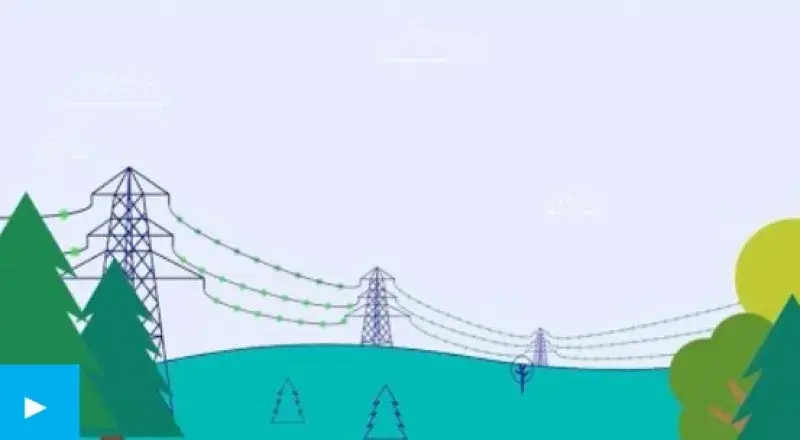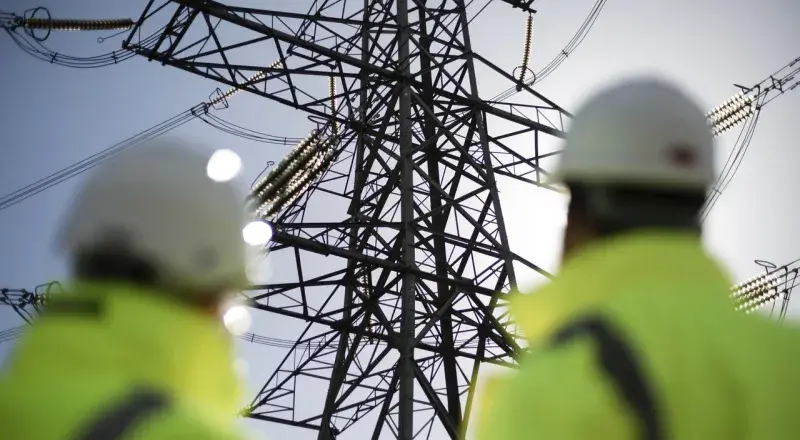What’s the difference between electricity transmission and distribution?
Western Power Distribution, Britain’s biggest regional electricity network, is now part of the National Grid group – and it's become National Grid Electricity Distribution. So what’s the difference between our electricity transmission and distribution operations?
Since the creation of National Grid in 1990, we've been in the business of transmitting electricity safely and efficiently over long distances around Britain.
We’re still doing that, but in some parts of England and Wales we’re now carrying electricity a little further than we did before.
When it comes to electricity, our role has always been to carry it at high voltage from where it’s generated to where it can be distributed. We do this via the transmission network, which is owned and maintained by the part of our group responsible for electricity transmission.
Power doesn’t reach your home or business via this network – it’s the distribution networks that look after that. Britain’s distribution network operators – of which our electricity distribution business (formerly Western Power Distribution) is the biggest – connect the transmission network to where electricity is used, ‘distributing’ it at lower, more usable voltages.

Find out more about what National Grid does
Watch the videoHow do electricity transmission and distribution systems work?
A good way to think about the difference between our transmission and distribution operations is to imagine Britain’s road system:
- The transmission network is like the motorways, carrying vehicles (electricity) at high speed (high voltage) across the country. This is the network of big pylons and overhead lines you see around the country.
- The distribution networks are the local roads, connecting motorways with communities to help vehicles complete their journey. These are the smaller pylons (and underground cables) carrying lower voltage lines.
Our transmission business carries high-voltage electricity around on the ‘motorways’ of the network, and our distribution operation uses the ‘local roads’ to deliver it to where it’s needed in the Midlands, South West or South Wales. If you’re in any other area, one of a dozen or so other regional networks distributes electricity to you.
Find out more about the role substations play in our networks
How are National Grid’s transmission and distribution networks made up?
Here are some key facts about our electricity networks:
Electricity Transmission(in England and Wales)
| Electricity Distribution(in the Midlands, South West and South Wales)
|

The same operational excellence
While the name has changed, it’s still the same dedicated people keeping the lights on in the area served by Western Power Distribution.
Our National Grid transmission and distribution operations look after different networks, but share a commitment to getting electricity where it’s needed safely, reliably and efficiently – all while working towards a cleaner, more affordable energy future.
Last updated: 23 Sep 2022
The information in this article is intended as a factual explainer and does not necessarily reflect National Grid's strategic direction or current business activities.